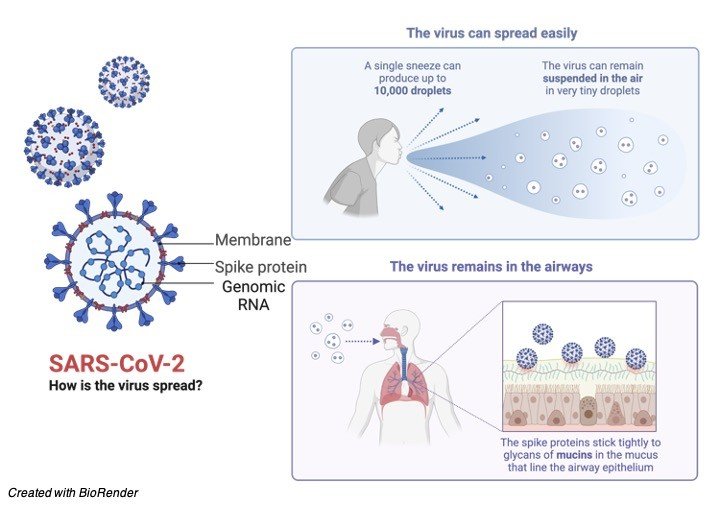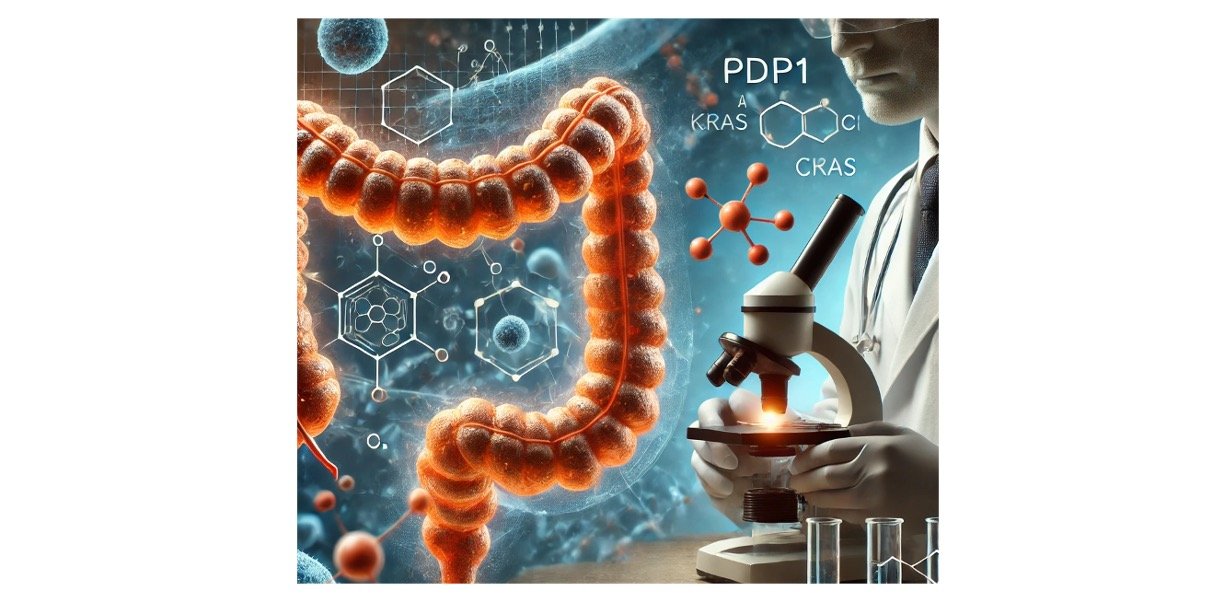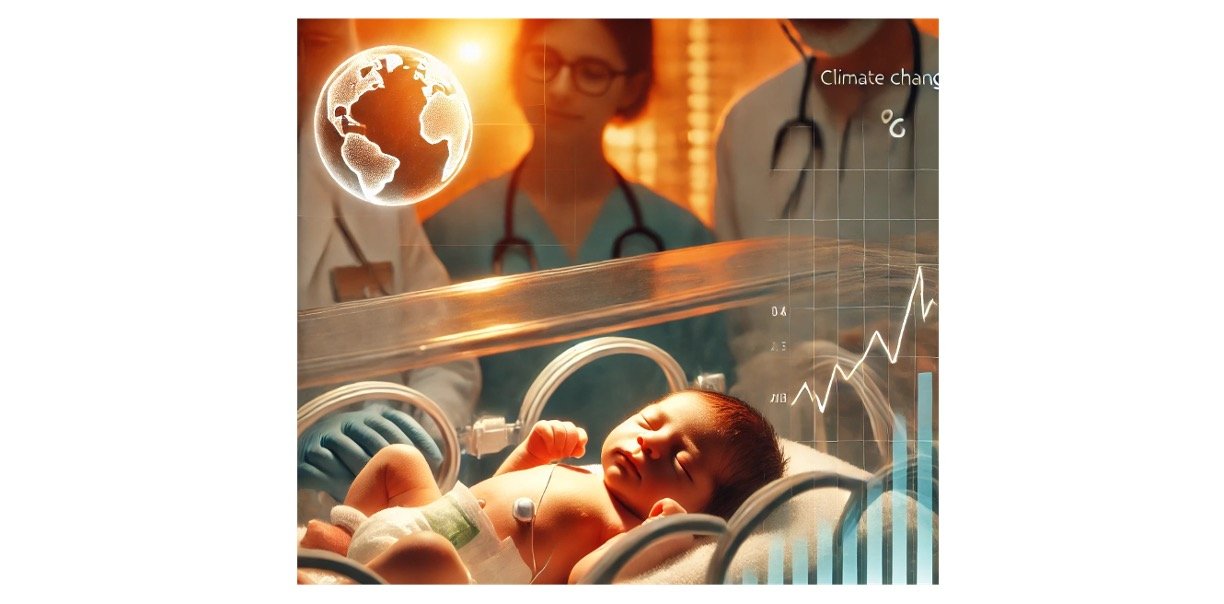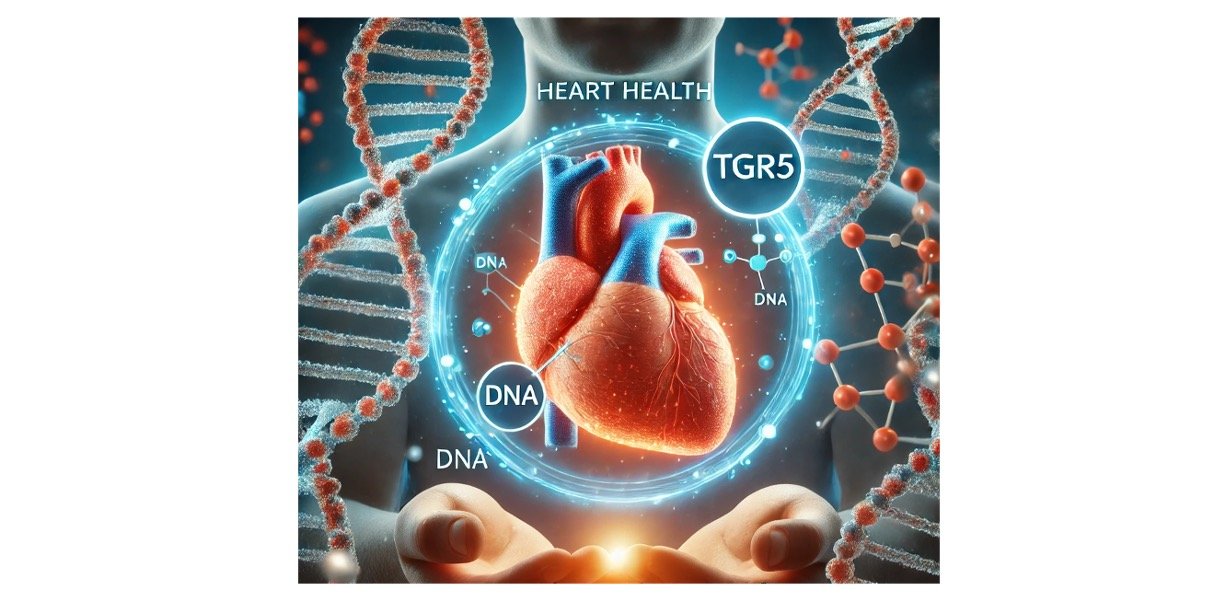COVID-19
There are health emergencies undermining the world with the development and spread of 2019 novel COVID-19 (2019-nCoV) or the extreme intense respiratory condition Covid 2 (SARS-CoV-2).
The infection started in bats and was spread by people through yet obscure delegate creatures in Wuhan, Hubei territory, China in December 2019.
There have been around 96,000 announced instances of Covid illness 2019 (COVID-2019) and 3300 detailed passing’s to date (05/03/2020).
The sickness is sent by inward breath or contact with tainted droplets and the brooding time frame goes from 2 to 14 d.
The indications are generally fever, hack, sore throat, windedness, weakness, discomfort among others. The illness is gentle in the vast majority; in a few (typically the old and those with comorbidities), it might advance to pneumonia, intense respiratory trouble disorder (ARDS) and multi organ brokenness.
Numerous individuals are asymptomatic. Analysis is by exhibition of the infection in respiratory discharges by extraordinary sub-atomic tests.
Normal research center discoveries incorporate ordinary/low white cell tallies with raised C-responsive protein (CRP). The electronic tomographic chest examine is generally unusual even in those without any indications or gentle sickness.
Treatment is basically steady; job of antiviral specialists is yet to be set up. Counteraction involves home disengagement of suspected cases and those with gentle ailments and exacting disease control measures at clinics that incorporate contact and drop insurances.
The infection spreads quicker than its two predecessors the SARS-CoV and Middle East respiratory condition Covid (MERS-CoV) yet has lower casualty. The worldwide effect of this new pestilence is yet dubious.
The 2019 novel Covid (2019-nCoV, COVID-19) or the extreme intense respiratory condition Covid 2 (SARS-CoV-2) as it is presently called, is quickly spreading from its starting point in Wuhan City of Hubei Province of China across the world.
Till 05/03/2020 around 96,000 instances of Covid infection 2019 (COVID-19) and 3300 passings have been accounted for. India has revealed 29 cases till date.
Luckily up until now, youngsters have been inconsistently influenced without any passings. Be that as it may, the future course of this infection is obscure.
This article gives a higher perspective about this new infection. Since information about this infection is quickly developing, perusers are encouraged to refresh themselves consistently.
Pathophysiology of COVID-19
Covids are huge, encompassed, single-abandoned RNA infections found in people and different well evolved creatures, like canines, felines, chicken, steers, pigs, and birds.
Covids cause respiratory, gastrointestinal, and neurological illness. The most well-known Covids in clinical practice are 229E, OC43, NL63, and HKU1, which ordinarily cause normal cold side effects in immunocompetent people.
SARS-CoV-2 is the third Covid that has made extreme infection in people spread internationally in the previous 2 decades.
The first Covid that caused extreme infection was serious intense respiratory condition (SARS), which was thought to start in Foshan, China, and came about in the 2002-2003SARS-CoV pandemic.
The second was the Covid caused Middle East respiratory condition (MERS), which started from the Arabian promontory in 2012.
SARS-CoV-2 has a width of 60 nm to 140 nm and unmistakable spikes, going from 9 nm to 12 nm, giving the virions the presence of a sun-oriented corona. Through hereditary recombination and variety, Covids can adjust to and taint new has.
Bats are believed to be a characteristic repository for SARS-CoV-2, however it has been proposed that people became tainted with SARSCoV-2 by means of a middle of the road have, like the pangolin.
Clinical Presentation of COVID-19
Normally Coronaviruses present with respiratory indications. Among the individuals who will become contaminated, some will show no manifestations.
The individuals who do foster indications may have a gentle to direct, yet self-restricting infection with side effects like the occasional flu.
Side effects may include:
Respiratory Manifestations of COVID-19
• Fever
• Cough
• Breathlessness
• Breathing hardships
• Weakness
• Sore throat
A minority gathering of individuals will give more serious indications and should be hospitalized, frequently with pneumonia, and in certain cases, the ailment can incorporate ARDS, sepsis, and septic shock.
Clinical Considerations for COVID-19
• Trouble breathing or windedness
• Diligent torment or pressing factor in the chest
• New disarray or failure to excite
• Somewhat blue lips or face
• High-Risk Populations
The infection that causes COVID-19 contaminates individuals, everything being equal.
Nonetheless, proof to date proposes that three gatherings of individuals are at a higher danger of getting serious COVID-19 disease:
• More established (individuals more than 70 years old)
• Individuals with genuine constant ailments, for example
• Diabetes
• Cardiovascular illness
• Persistent respiratory illness
• Malignant growth
• Hypertension
• Persistent liver illness
• Individuals who are actually inactive
The WHO has given and distributed guidance for high-hazard gatherings (more seasoned individuals and individuals with genuine persistent disease) and local area support.
This is to guarantee that these high-hazard populaces are shielded from COVID-19 without being detached, disparaged, left in places of expanded weakness or incapable to approach essential arrangements and social consideration.
WHO Guidance for COVID-19
While having guests at your home, broaden “1-meter good tidings”, like a wave, gesture or bow. Solicitation that guests and the individuals who live with you, wash their hands.
Clean and sanitize surfaces in your home (particularly those that individuals contact a ton) consistently. Breaking point shared spaces in the event that somebody you live with isn’t feeling great (particularly with conceivable COVID-19 manifestations).
In the event that you give indications and manifestations of COVID-19 sickness, contact your medical care supplier by phone, prior to visiting your medical services office.
Have an activity plan in anticipation of a flare-up of COVID-19 locally. At the point when you are out in the open, practice similar protection rules as you would at home.
Keep refreshed on COVID-19 through acquiring data from dependable sources.
Transmission of COVID-19
Proof is as yet arising, yet current data is showing that human-to-human transmission is happening. The courses of transmission of COVID-19 remaining parts indistinct as of now, yet proof from other Covids and respiratory sicknesses demonstrates that the illness may spread through enormous respiratory droplets and immediate or roundabout contact with contaminated discharges.

Airborne transmission can happen in jam-packed spots and indoor rooms with poor ventilated, particularly tainted people going through quite a while with others, similar to a shopping center, eatery, and so forth and furthermore airborne transmission happens in clinical consideration settings while leading clinical consideration techniques (vaporized creating methodology).
Transmission can happen even more effectively in the “Three C’s” (the danger of COVID-19 spreading is higher in places where these “3Cs” cross-over): Swarmed places with numerous individuals close by.
Close-contact settings, particularly where individuals have discussions exceptionally close to one another.
Restricted and encased spaces with helpless ventilation. The breeding time of COVID-19 is presently perceived to be between 2 to 14 days.
This implies that if an individual remaining parts well following 14 days after being in touch with an individual with affirmed COVID-19, they are not tainted.
COVID-19 Citations
- COVID-19 Vaccines May Not Prevent Nasal SARS-CoV-2 Infection and Asymptomatic Transmission. Otolaryngol Head Neck Surg . 2021 Feb;164(2):305-307.
- Cutaneous Manifestations of COVID-19: A Systematic Review. Adv Wound Care (New Rochelle) . 2021 Feb;10(2):51-80.
- SARS-CoV-2 and the pandemic of COVID-19. Postgrad Med J . 2021 Feb;97(1144):110-116.
- COVID-19: A Global Challenge with Old History, Epidemiology and Progress So Far. Molecules . 2020 Dec 23;26(1):39.
- The management of coronavirus disease 2019 (COVID-19). J Med Virol . 2020 Sep;92(9):1484-1490.
- COVID-19 and dermatology. Turk J Med Sci . 2020 Dec 17;50(8):1751-1759.
Share












